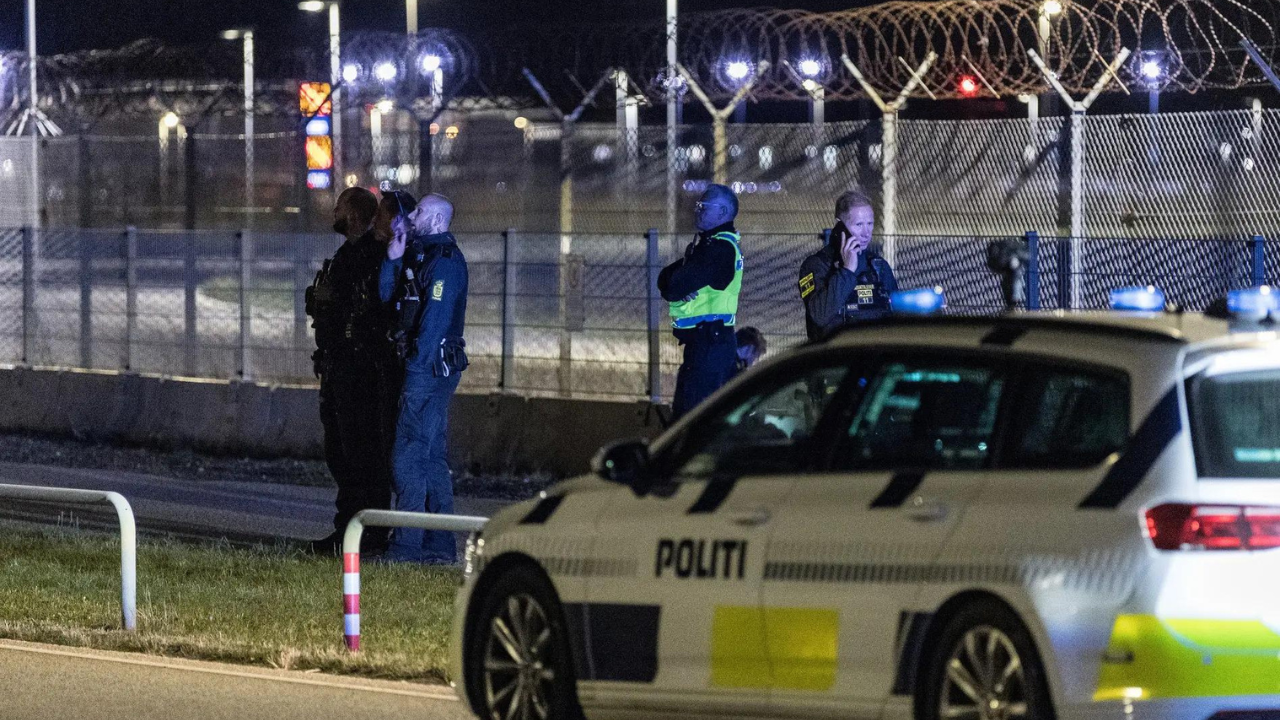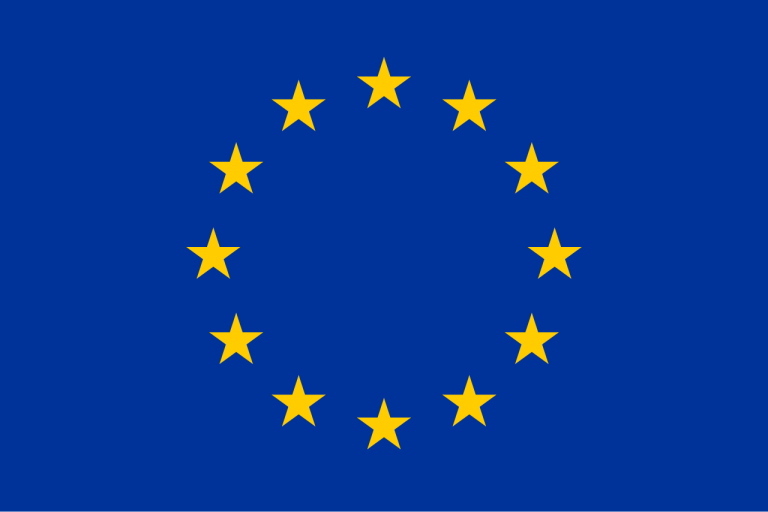
Denmark shut down multiple airports, including Aalborg and Billund, after drone incursions disrupted airspace for the second time in a week. Defence Minister Troels Lund Poulsen described the coordinated flights as a “systematic hybrid attack” by a professional actor, stressing there was no proof linking Russia despite mounting NATO concerns. The Kremlin dismissed suspicions as “absurd provocations,” while Prime Minister Mette Frederiksen called it Denmark’s most serious infrastructure attack to date.
Denmark is grappling with a wave of unprecedented drone incursions after five airports were forced to close in what the government has branded a “hybrid attack” on national infrastructure. The disruption, which unfolded late Wednesday and stretched into early Thursday, shut Aalborg, Billund, Esbjerg, Sønderborg and Skrydstrup airports, with flights diverted and passengers stranded, marking the second such incident in less than a week.
Authorities first detected drones with green lights hovering over Aalborg airport at around 21:44 local time, with additional reports quickly coming in from three other airports further south. Within hours, Billund Denmark’s second-busiest international airport also closed temporarily. Police later confirmed that both Aalborg and Skrydstrup, which double as military airbases, had been directly affected, underscoring the potential threat to Denmark’s armed forces.
Defence Minister Troels Lund Poulsen described the activity as part of a deliberate and “systematic operation,” executed with a level of sophistication pointing to a professional actor. “This is a hybrid attack, but let me be clear: we have no evidence whatsoever that Russia is behind it,” he said, seeking to calm speculation even as NATO allies remain on edge over recent Russian incursions across Eastern Europe.
The Kremlin swiftly denied any role, labelling suggestions of Russian involvement “absurd provocations” staged to justify further escalation over the war in Ukraine. Yet Danish Prime Minister Mette Frederiksen warned that Moscow could not be ruled out, describing the recent drone disruption in Copenhagen as “the most severe attack on Danish infrastructure so far.”
The closures left at least three flights diverted and hundreds of passengers affected. Airspace reopened shortly before 03:00, but the incident raised fresh questions about how well-prepared European states are to defend against low-cost, high-impact drone operations.
Police and military officials confirmed they had the technical ability to shoot down the drones but refrained out of concern for nearby civilian populations. “If we get the opportunity, we will take down the drones,” Chief Inspector Jesper Bøjgaard Madsen told reporters, urging the public to avoid affected areas while stressing the devices posed no immediate threat to residents.
The attacks come at a time of heightened alert within NATO. Just last week, Poland and Estonia lodged complaints after Russian drones and fighter jets violated their airspace, while Romania said one of its border regions was struck by a Russian drone. NATO Secretary-General Mark Rutte has warned the alliance would deploy “all necessary tools” to defend its members, while US President Donald Trump suggested allied nations should begin shooting down Russian planes breaching their borders.
European Commission President Ursula von der Leyen has also floated the idea of a continental “drone wall,” a concept still under debate but understood to combine enhanced surveillance, detection systems, and rapid interception capabilities. Danish Justice Minister Peter Hummelgaard stressed that “hybrid threats are here to stay,” echoing calls for a stronger collective European response.
Denmark has called an emergency EU meeting for Friday to discuss joint drone defence measures, with Poulsen pledging to raise the Aalborg and Billund incursions as evidence of Europe’s growing vulnerability. “This was not random,” he said. “It was coordinated, calculated, and designed to test our readiness.”
For Denmark, a country whose airports are now twice in one week the focus of unexplained incursions, the incident represents both a domestic security challenge and part of a larger strategic contest playing out between NATO and Russia. As Europe scrambles to adapt, Wednesday night’s attack may be remembered less for its temporary flight diversions and more as a warning shot at the heart of the continent’s security architecture.
Erizia Rubyjeana



